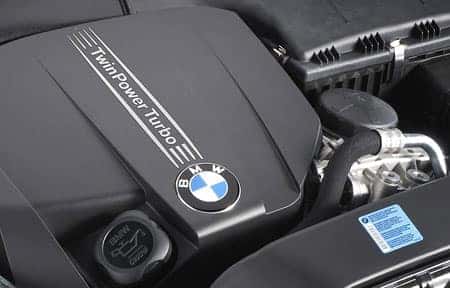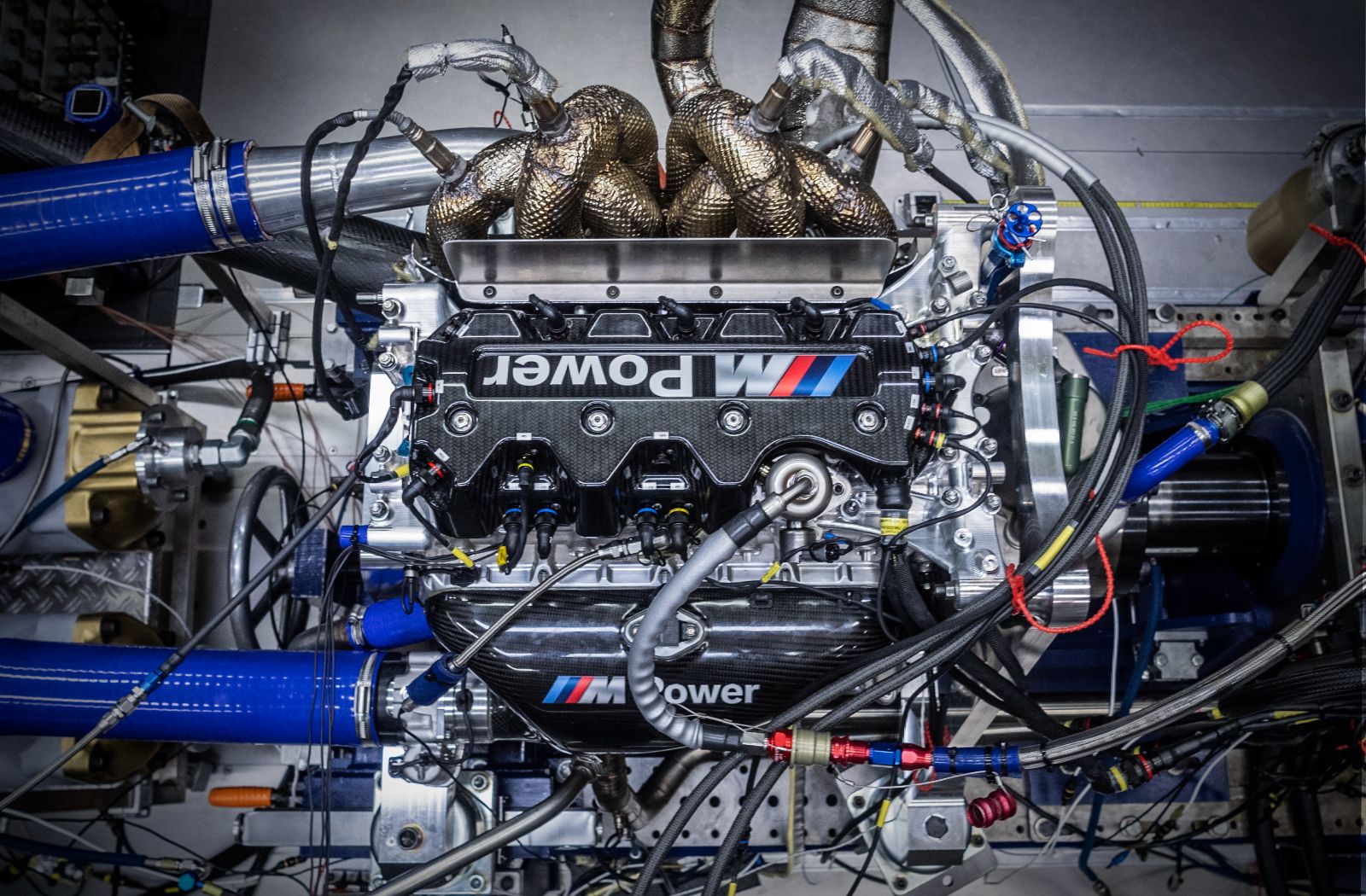Unveiling the Keys Behind the Power of the BMW Engine
Unveiling the Keys Behind the Power of the BMW Engine
Blog Article
Unveiling the Intricacies of Next-Generation Power Units: a Deep Study Advanced Engine Advancements and layouts
As we stand on the precipice of a brand-new age in transport, the ins and outs of next-generation engine designs beckon us to check out the advanced modern technologies and advancements that promise to redefine the driving experience. Delving much deeper into the worlds of emission control, smart engine management systems, and the perspective of power system growth, we find ourselves on the cusp of a makeover that promises to improve the landscape of wheelchair as we know it.
Development of Engine Products

The change in the direction of advanced engine products has additionally enabled engineers to create engines with greater power outputs while preserving gas performance criteria. For instance, making use of lightweight products lowers the overall weight of the engine, resulting in enhanced fuel economic climate and reduced discharges. In addition, innovations in materials technology have allowed for better thermal management within engines, resulting in increased reliability and longevity.
Turbocharging and Supercharging Technologies
Just How do Turbocharging and Supercharging Technologies revolutionize engine performance and performance in contemporary cars? Turbo charging and turbocharging are innovations that considerably enhance engine efficiency by boosting the amount of air consumption into the burning chamber. Turbocharging accomplishes this by utilizing a generator driven by exhaust gases to pressurize the intake air, while turbo charging utilizes a belt- or chain-driven compressor to achieve the same impact.
These technologies make it possible for smaller, extra fuel-efficient engines to produce power equivalent to bigger ones, called downsizing. By forcing more air into the cyndrical tubes, supercharging and turbocharging enhance burning performance, causing raised horse power and torque result without a considerable increase in engine size. This causes better acceleration, pulling capacity, and general driving efficiency.
Moreover, supercharging and turbocharging contribute to boosted gas effectiveness by enabling the use of smaller engines that eat less fuel under typical driving conditions - bmw engine. This mix of improved efficiency and efficiency has made turbocharging and supercharging indispensable elements of numerous modern-day engine designs
Emission Control and Environmental Impact
With enhancing worldwide problems concerning air top quality and ecological sustainability, the application of discharge control modern technologies in vehicles plays a vital duty in minimizing hazardous contaminants released right into the ambience. Modern lorries are furnished with advanced exhaust control systems that aid minimize the environmental impact of automobile procedures. Catalytic converters, as an example, are designed to convert harmful gases such as carbon monoxide, nitrogen oxides, and hydrocarbons into less dangerous compounds investigate this site like co2 and water vapor.
Moreover, improvements in engine modern technology, such as the assimilation of exhaust gas recirculation systems and discerning catalytic decrease, have actually substantially added to reducing emissions. These innovations operate in tandem to enhance combustion performance and decrease the launch of dangerous toxins into the air. Additionally, the growth of crossbreed and electric cars represents a critical step in the direction of lowering the general ecological impact of the transport market.
Intelligent Engine Administration Solution

Moreover, these systems enable lorries to satisfy stringent discharges standards without compromising efficiency, offering an extra ecologically friendly driving experience. The assimilation of expert system and maker learning abilities in engine management systems remains to press the boundaries of what is feasible, resulting in more improvements in performance, reliability, and general lorry efficiency. bmw engine. As automotive innovation advancements, smart engine monitoring systems will play a crucial role fit the future of transport in the direction of an extra effective and sustainable instructions
Future Trends in Power System Development
As intelligent engine administration systems pave the method for enhanced control and optimization in modern cars, future patterns in power system advancement are poised to redefine the landscape of automobile propulsion innovations. These alternative power sources use boosted effectiveness and performance while aligning with stringent environmental laws.
Another significant fad is the assimilation of sophisticated materials and manufacturing strategies. Lightweight products such as carbon fiber and light weight aluminum are being used to decrease overall lorry weight, boosting gas effectiveness and performance. In addition, innovations in 3D printing and additive production are allowing the production of intricate engine components with higher accuracy and toughness.
In addition, expert system and machine discovering are playing an essential role in maximizing power unit efficiency. These innovations permit real-time tracking and adaptive control, resulting in much more effective and trustworthy power delivery. In general, future trends in power device advancement are tailored in the direction of efficiency, sustainability, and effectiveness, driving the automotive industry towards a new age of propulsion modern technologies.

Verdict
Finally, the innovations in engine products, turbocharging, emission control, and smart monitoring systems have led the way for next-generation power units. These advancements have not just improved performance and effectiveness but likewise decreased environmental browse around this web-site effect. As innovation remains to progress, future patterns in power device growth are most likely to focus on additional enhancing sustainability and enhancing power result. The complex designs and technologies in modern-day engines display the recurring advancement of automobile innovation.
Exploring the progressive improvements in engine materials has actually been crucial in enhancing the performance and performance advice of modern engines. Over the years, the advancement of engine materials has actually played an essential role in pushing the borders of what engines can accomplish.The change towards progressed engine materials has likewise enabled engineers to develop engines with greater power results while keeping fuel efficiency standards.The execution of smart engine administration systems in modern lorries has revolutionized the method engines are managed and enhanced for performance and efficiency. By gathering information in real-time and assessing it with advanced formulas, smart engine management systems can adjust to driving styles, ecological variables, and engine health and wellness to maximize power outcome while decreasing gas usage and exhausts.
Report this page